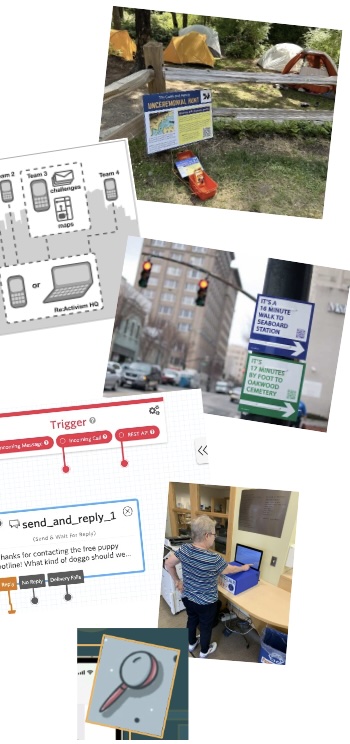<< Back to EBOW tools and design tactics
In the hunt for alternative tools, we provide a few simple tricks and alternative technologies for connecting the physical and digital. Our goal is to stretch your imagination about what technology can mean for engaging beyond our walls.
>> Jump to our starting points for (1) Messages and videos that play from a yard sign — media QR codes; (2) Puppet master by text — e.g., using Google Voice; (3) Wayfinding a story — guerrilla signs, including with Google Maps; (4) Branching stories with texts and photographs — using Twilio Studio; (5) Storytelling boxes with a laptop (cardboard + branching slides; (6) Photography hunts with semi-public groups (cameraphone + Flickr)
Our philosophy: Appropriate and remix
What first looks like magic can come from unexpected uses of technology. We celebrate low-tech and surprising combinations of physical and digital. There are more possibilities than you might think. The hybrids of physical and digital are multiplying, and the combinations are exponential. A low-tech approach is partly about power and empowerment. Our approach echoes movements like tactical urbanism, transmedia storytelling, maker cities, and technological appropriation.
Edge and core: Innovation across the divide
Ironically, we see breakthroughs coming from low and high-tech. For example, we built a custom game engine – but it also helped us identify surprising uses of existing tools. We can choose to view forms like text messaging as more than “old” technology, and the evidence supports this: we can connect to ChatGPT, turn on smart lights, or even control a water fountain with text messages and voice trees. Much of this we discovered through our experiments with Hive Mechanic, our custom engine, and by looking organically at what libraries and museums and artists have made (e.g., see our tasting menu). Our general approach is to avoid specialty apps, and to look instead for bottom up tools and innovation that comes from innovative ways to connect the pieces.
Starting points — know where to look
1) Messages and videos that play from a yard sign (media QR codes)
Imagine a yard sign with a QR code, but instead of launching a website, scanning the code provided a single piece of media – like an address, the photograph of a treasure map, or a video with a secret character who tells you the next clue. One example: our “hunt with no cell signal.”
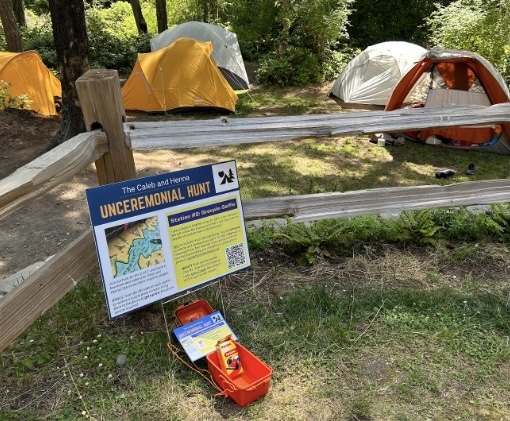
- Extensions: Hive Mechanic, Twilio Studio (see tools and services)
- See also our project on Hybrid Wayfinding that combines signs and a centralized website
2) Puppet master by text (e.g., using Google Voice)
Imagine a neighborhood hunt on a Saturday, where the clues and answers are exchanged by text message. Behind the scenes, the pacing of hints is coordinated by a single laptop using Google Voice. This is a really simple service that is free. It’s really just a way of managing a voicemail box and treats text messages like an inbox; with it, you can coordinate teams without specialty software. One fancy example: the game Re:Activism.
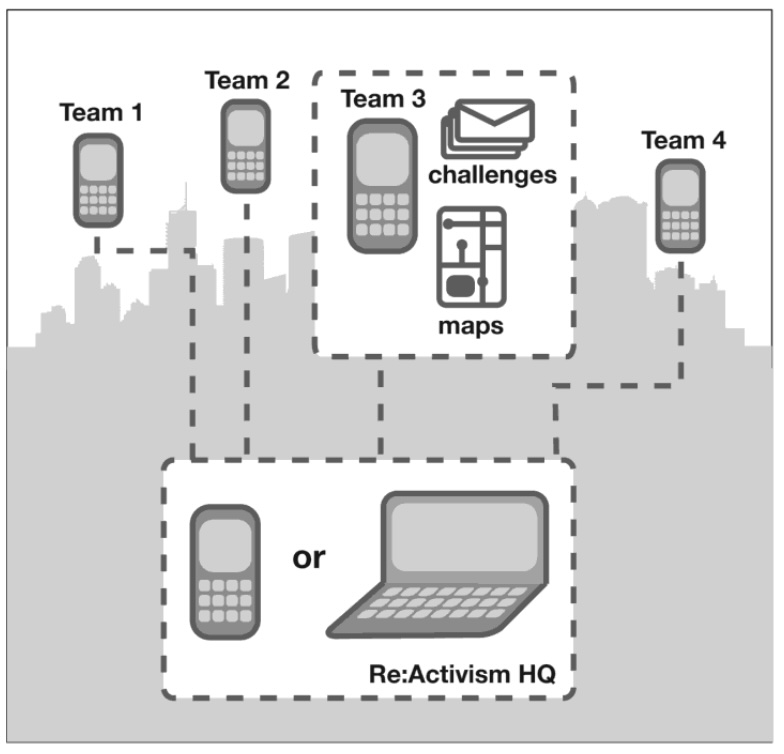
- Extensions: other chat software like WhatsApp or Discord
3) Wayfinding a story (guerrilla signs, including with Google Maps)
We recommend a more narrative approach to guerrilla wayfinding. Instead of simply giving a direction and distance, you can add a bit of story. Paper might be primary, but you can also link the pieces with mapping apps like Google Maps — and as participants record where they’ve been, the story can unfold in the places they have pinned.
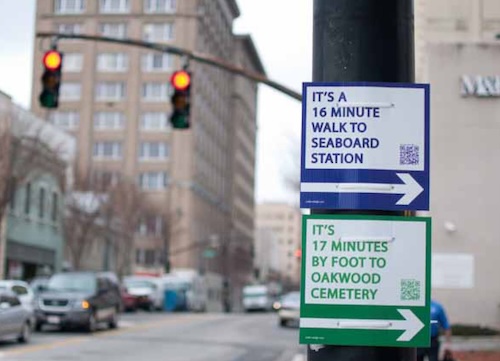
- Extensions: Slate article on guerrilla wayfinding
4) Branching stories with texts and photographs (using Twilio Studio)
Imagine texting with a system that tells you stories, asks for your input, sends you photographs or videos, and more. All this can be done with a visual prototyping tool called Twilio Studio (see tools). The approach is similar to many of our featured projects with Hive Mechanic. See our guide.
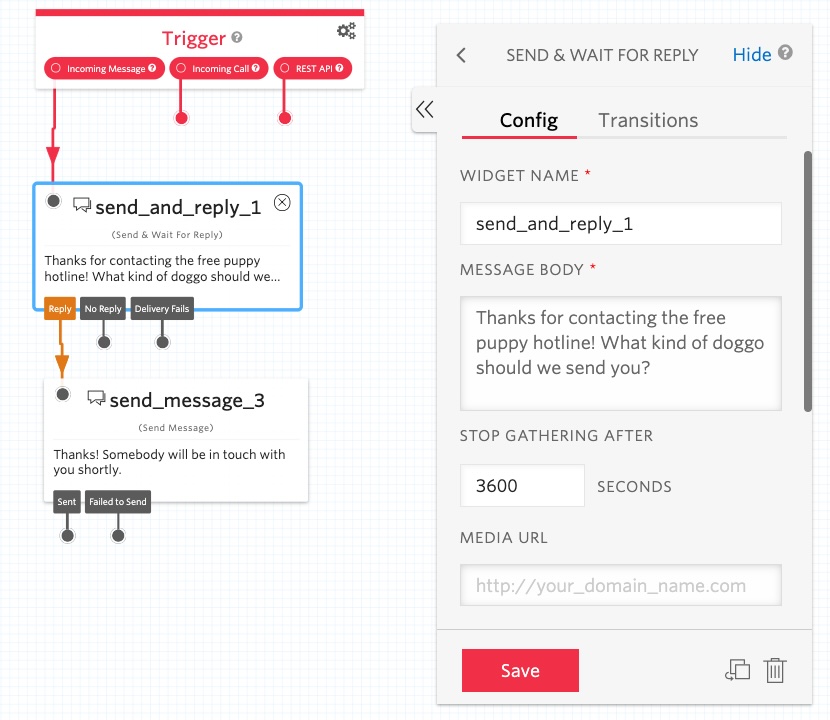
For more, watch our instructional videos on using Twilio Studio.
5) Storytelling boxes with a laptop (cardboard + branching slides)
Making your own kiosk is easier than you might think… if you can track down a laptop with a touch screen. For example, see the desk box by the Montclair library in NJ.
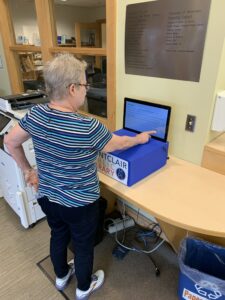
- Extensions: you can also use a Raspberry Pi computer ($100) connected to a touch screen
6) Photography hunts with semi-public groups (cameraphone + Flickr)
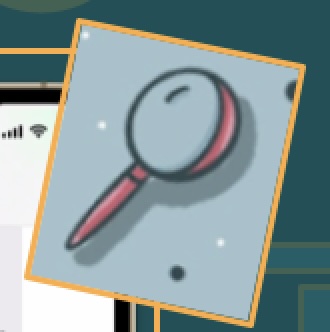
Taking pictures is a wonderful way to look at a place differently. Ordinary cellphones can take photos on a quest, and upload them to a public site with a special tag (e.g., “TrianglesOfBrooklyn”) that can automatically bring the contents together. Sites like Flickr can make this easier, but you can also use Instagram and social media tools.
- For inspiration, look at the downtown storywalk on architectural shapes
Explore our alternative tools
- See our list of alternative tools and services
- Browse our highlighted projects in our tasting menu (mostly made with Hive Mechanic)
What else?
- YOUR IDEA HERE. What else have you seen? Let us know!
